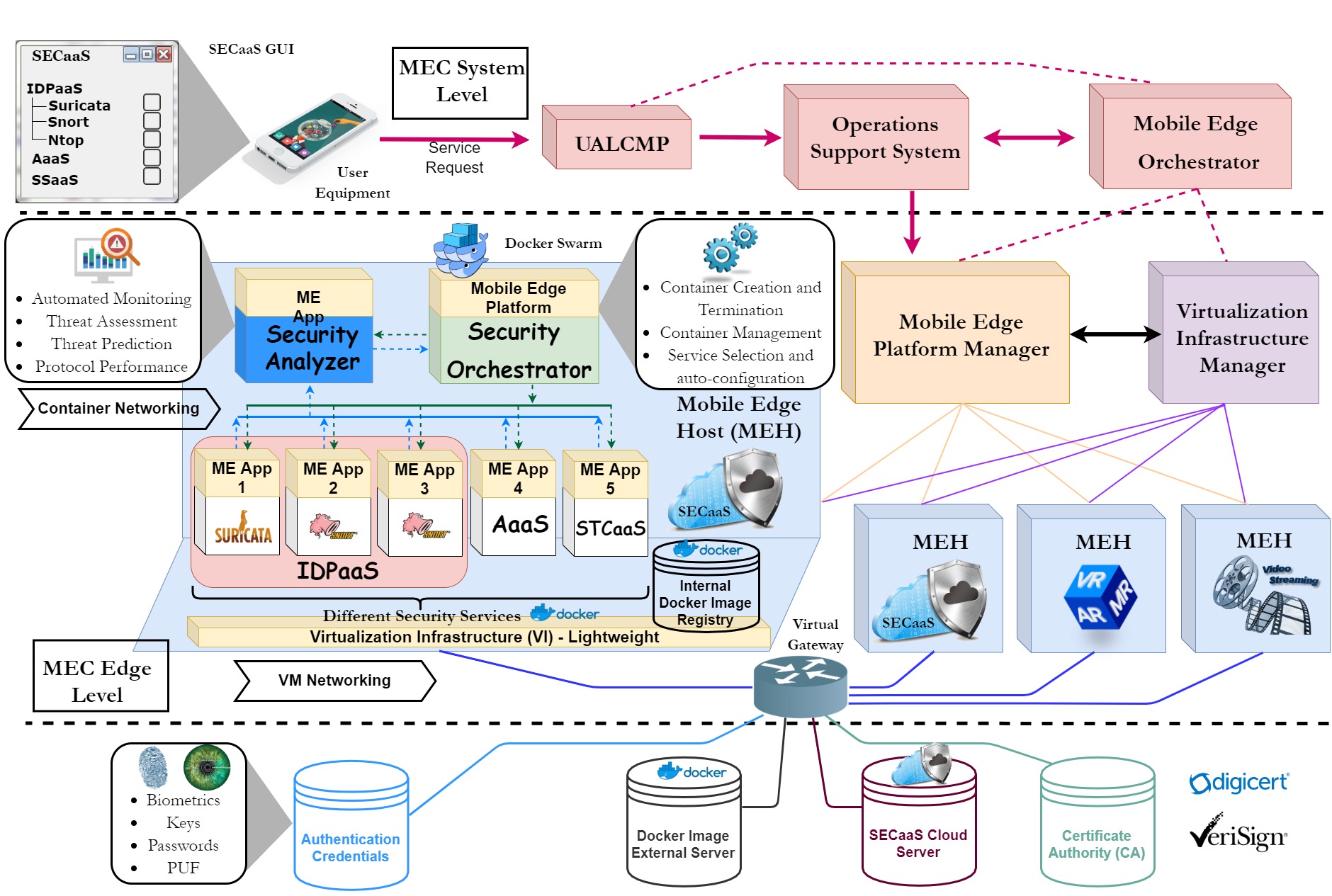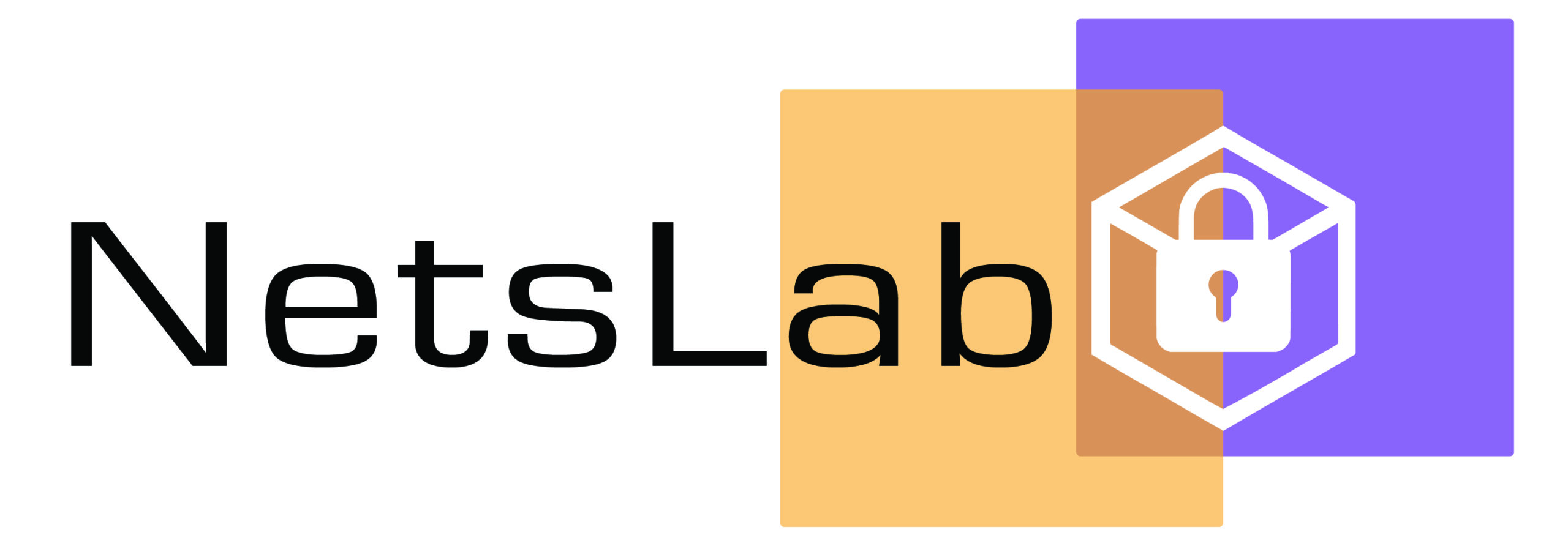
Security as a Service Platform Leveraging
Multi-Access Edge Computing Infrastructure
Provisions
- Post by: Pasika Ranaweera, Vashish N. Imrith, Madhusanka Liyanage and Anca Delia Jurcut
- June 7, 2020
- Comments off
The mobile service platform envisaged by emerging IoT and 5G is guaranteeing gigabit-level bandwidth, ultra-low latency and ultra-high storage capacity for their subscribers. In The mobile service platform envisaged by emerging IoT and 5G is guaranteeing gigabit-level bandwidth, ultra-low latency and ultra-high storage capacity for their subscribers. In spite of the variety of applications plausible with the envisaged technologies, security is a demanding objective that should be applied beyond the design stages. Thus, Security as a Service (SECaaS) is an initiative for a service model that enable mobile and IoT consumers with diverse security functions such as Intrusion Detection and Prevention (IDPaaS), Authentication (AaaS), and Secure Transmission Channel (STCaaS) as a Service. A well-equipped edge computing infrastructure is intrinsic to achieve this goal. The emerging Multi-Access Edge Computing (MEC) paradigm standardized by the ETSI is excelling among other edge computing flavours due to its well-defined structure and protocols. Thus, in our directive, we intend to utilize MEC as the edge computing platform to launch the SECaaS functions. Though, the actual development of a MEC infrastructure is highly dependent on the integration of virtualization technologies to enable dynamic creation, the deployment, and the detachment of virtualized entities that should feature interoperability to cater the heterogeneous IoT devices and services. To that extent, this work is proposing a security service architecture that offers these SECaaS services. Further, we validate our proposed architecture through the development of a virtualized infrastructure that integrates lightweight and hypervisor-based virtualization technologies. Our experiments prove the plausibility of launching multiple security instances on the developed prototype edge platform.


